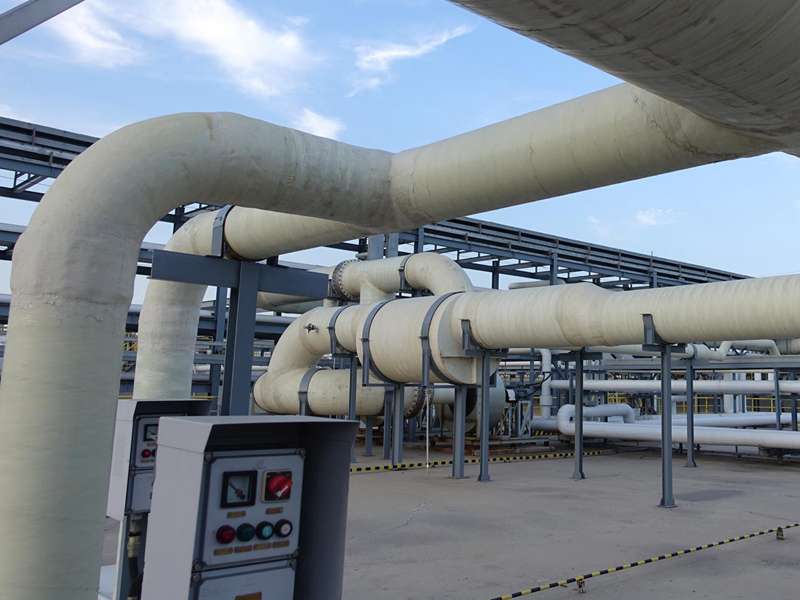
-
 Afrikaans
Afrikaans -
 Albanian
Albanian -
 Amharic
Amharic -
 Arabic
Arabic -
 Armenian
Armenian -
 Azerbaijani
Azerbaijani -
 Basque
Basque -
 Belarusian
Belarusian -
 Bengali
Bengali -
 Bosnian
Bosnian -
 Bulgarian
Bulgarian -
 Catalan
Catalan -
 Cebuano
Cebuano -
 China
China -
 China (Taiwan)
China (Taiwan) -
 Corsican
Corsican -
 Croatian
Croatian -
 Czech
Czech -
 Danish
Danish -
 Dutch
Dutch -
 English
English -
 Esperanto
Esperanto -
 Estonian
Estonian -
 Finnish
Finnish -
 French
French -
 Frisian
Frisian -
 Galician
Galician -
 Georgian
Georgian -
 German
German -
 Greek
Greek -
 Gujarati
Gujarati -
 Haitian Creole
Haitian Creole -
 hausa
hausa -
 hawaiian
hawaiian -
 Hebrew
Hebrew -
 Hindi
Hindi -
 Miao
Miao -
 Hungarian
Hungarian -
 Icelandic
Icelandic -
 igbo
igbo -
 Indonesian
Indonesian -
 irish
irish -
 Italian
Italian -
 Japanese
Japanese -
 Javanese
Javanese -
 Kannada
Kannada -
 kazakh
kazakh -
 Khmer
Khmer -
 Rwandese
Rwandese -
 Korean
Korean -
 Kurdish
Kurdish -
 Kyrgyz
Kyrgyz -
 Lao
Lao -
 Latin
Latin -
 Latvian
Latvian -
 Lithuanian
Lithuanian -
 Luxembourgish
Luxembourgish -
 Macedonian
Macedonian -
 Malgashi
Malgashi -
 Malay
Malay -
 Malayalam
Malayalam -
 Maltese
Maltese -
 Maori
Maori -
 Marathi
Marathi -
 Mongolian
Mongolian -
 Myanmar
Myanmar -
 Nepali
Nepali -
 Norwegian
Norwegian -
 Norwegian
Norwegian -
 Occitan
Occitan -
 Pashto
Pashto -
 Persian
Persian -
 Polish
Polish -
 Portuguese
Portuguese -
 Punjabi
Punjabi -
 Romanian
Romanian -
 Russian
Russian -
 Samoan
Samoan -
 Scottish Gaelic
Scottish Gaelic -
 Serbian
Serbian -
 Sesotho
Sesotho -
 Shona
Shona -
 Sindhi
Sindhi -
 Sinhala
Sinhala -
 Slovak
Slovak -
 Slovenian
Slovenian -
 Somali
Somali -
 Spanish
Spanish -
 Sundanese
Sundanese -
 Swahili
Swahili -
 Swedish
Swedish -
 Tagalog
Tagalog -
 Tajik
Tajik -
 Tamil
Tamil -
 Tatar
Tatar -
 Telugu
Telugu -
 Thai
Thai -
 Turkish
Turkish -
 Turkmen
Turkmen -
 Ukrainian
Ukrainian -
 Urdu
Urdu -
 Uighur
Uighur -
 Uzbek
Uzbek -
 Vietnamese
Vietnamese -
 Welsh
Welsh -
 Bantu
Bantu -
 Yiddish
Yiddish -
 Yoruba
Yoruba -
 Zulu
Zulu
fiberglass storage tanks
Fiberglass Storage Tanks A Comprehensive Overview
In the ever-evolving world of industrial storage solutions, fiberglass storage tanks have emerged as a popular choice among manufacturers and businesses. Known for their durability, resistance to corrosion, and cost-effectiveness, fiberglass tanks are used in various applications, from water and waste management to the petroleum industry. This article aims to explore the benefits, applications, and key considerations when choosing fiberglass storage tanks.
Understanding Fiberglass Tanks
Fiberglass, or fiberglass-reinforced plastic (FRP), consists of a polymer matrix reinforced with glass fibers. The composite material is lightweight and possesses high tensile strength, making it ideal for manufacturing storage tanks. Unlike traditional metal tanks, fiberglass tanks do not corrode and are not susceptible to rusting, which significantly extends their lifespan. Additionally, they can be molded into various shapes and sizes, providing versatility for different storage needs.
Benefits of Fiberglass Storage Tanks
1. Corrosion Resistance One of the primary advantages of fiberglass storage tanks is their resistance to corrosion. They can withstand harsh chemicals and environmental conditions without deteriorating, making them suitable for storing aggressive substances, including acids and alkalis.
2. Durability Fiberglass tanks are designed to endure stress and damage from external factors, such as impact and extreme weather conditions. Their durability ensures that they maintain structural integrity over time, reducing the risk of leaks and spills.
3. Lightweight Nature Compared to steel or concrete tanks, fiberglass tanks are significantly lighter, making them easier to transport and install. The reduced weight can also lead to lower foundation costs, as the structural support requirements are less stringent.
4. Customization Options Fiberglass storage tanks can be tailored to meet specific requirements. Manufacturers can customize tank sizes, shapes, and configurations based on the client’s needs. Furthermore, insulation and additional protective coatings can be applied to enhance performance under varying temperature conditions.
5. Cost-Effectiveness Although the upfront cost of fiberglass tanks may be higher than traditional materials, their long-term savings can be substantial. Reduced maintenance and replacement costs, coupled with longer-lasting performance, make fiberglass a cost-effective choice in the long run.
Applications of Fiberglass Storage Tanks
Fiberglass storage tanks find applications across a myriad of industries, including
fiberglass storage tanks

1. Water and Wastewater Treatment These tanks are commonly used in water treatment facilities for the storage of potable water, as well as in wastewater treatment plants for containing effluents. Their resistance to bacteria and chemicals makes them ideal for such environments.
2. Agriculture Farmers utilize fiberglass tanks for storing fertilizers, pesticides, and other agricultural chemicals. Their robustness ensures that harmful substances are contained securely, minimizing environmental risks.
3. Oil and Gas Fiberglass storage tanks are increasingly being adopted in the oil and gas sector for the storage of crude oil, chemicals, and other byproducts. Their ability to tolerate harsh chemicals is a significant advantage in these applications.
4. Food and Beverage In the food industry, fiberglass tanks are used for storing liquids, including syrups, juices, and other consumables. Their non-reactive nature ensures that the quality of food products remains intact.
Key Considerations When Choosing Fiberglass Tanks
When selecting fiberglass storage tanks, several factors should be taken into account
1. Capacity Evaluate the required storage capacity to ensure that the tank meets your specific needs.
2. Chemical Compatibility Ensure that the tank material is compatible with the substances you plan to store. Consult the manufacturers for detailed chemical resistance data.
3. Regulatory Compliance Adhere to local, state, and federal regulations regarding storage tanks, especially when used in sensitive environments such as water treatment or hazardous material handling.
4. Installation Requirements Consider the installation environment. Adequate space, foundation, and accessibility for maintenance should be factored into your decision.
In conclusion, fiberglass storage tanks offer an ideal solution for various storage needs due to their unique combination of durability, corrosion resistance, and customizability. As industries continue to prioritize safety and environmental considerations, the adoption of fiberglass tanks is likely to grow, setting a standard for sustainable and effective storage solutions.









